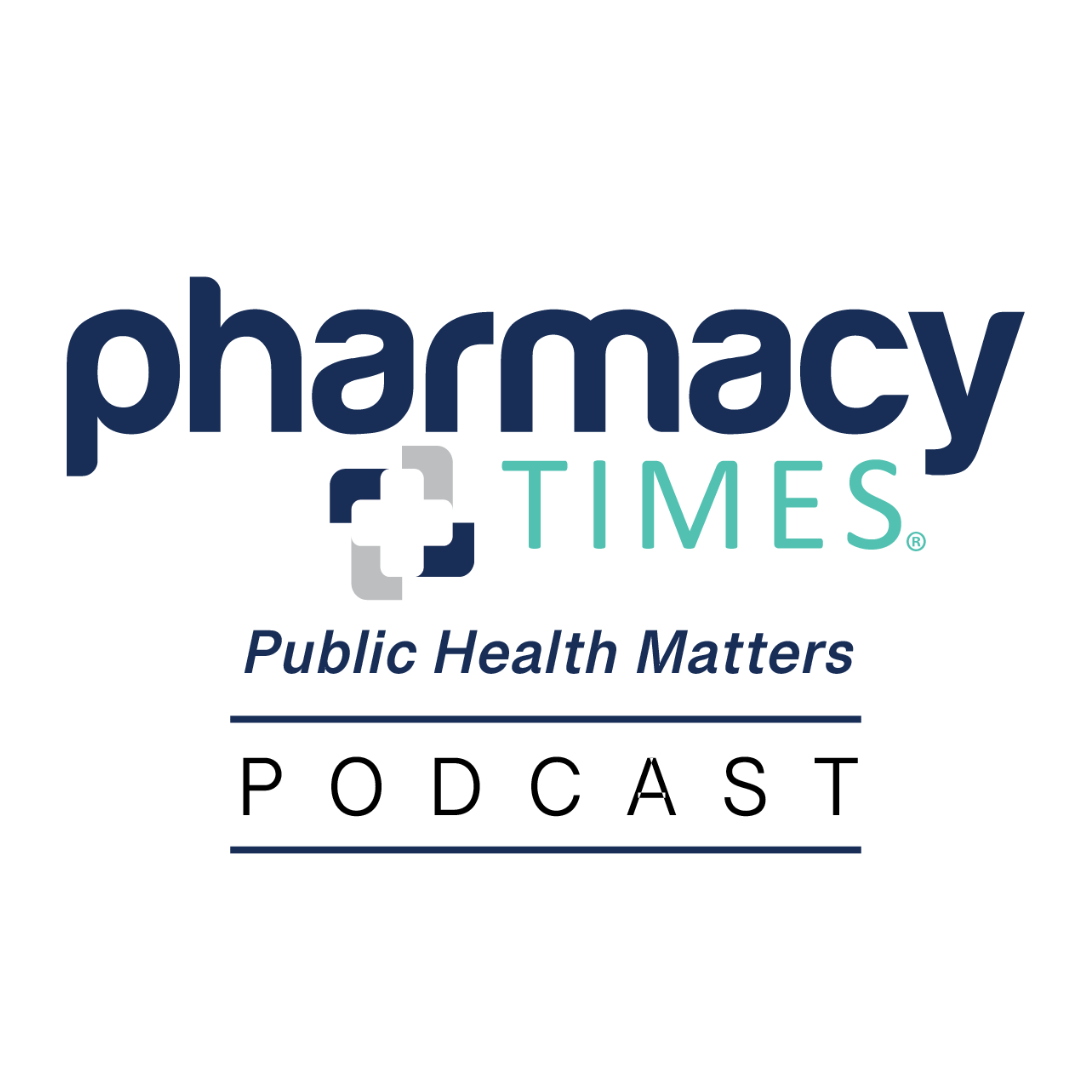News
Article
Lumateperone Submits Application for Schizophrenia Indication to FDA for Supplemental New Drug
Author(s):
Key Takeaways
- Lumateperone demonstrated a 63% reduction in relapse risk in a phase 3 trial, supporting its potential for long-term schizophrenia management.
- Relapse risk factors include prior hospitalizations, long illness duration, and antipsychotic polypharmacy, emphasizing the need for effective maintenance treatments.
Lumatperone showed a 63% reduction in relapse risk for patients with schizophrenia, promising improved patient stability and care.
Maintaining stability in schizophrenia is a major clinical challenge—each relapse can disrupt functioning, burden caregivers, and elevate hospitalization risk. Long-term relapse prevention remains a cornerstone of effective schizophrenia care. A recent supplemental new drug application (sNDA) submitted to the FDA seeks to expand lumapeterone’s approval based on compelling relapse prevention data.1
A new supplemental FDA application for lumateperone (Caplyta; Johnson & Johnson) is supported by Phase 3 data showing a 63% reduction in schizophrenia relapse compared to placebo | Image Credit: Rawf8 | stock.adobe.com

Relapse Risk and Prevention
Lumateperone (Caplyta; Johnson & Johnson) is already FDA approved for treating schizophrenia. The sNDA submitted July 8, 2025, is based on a phase 3 randomized withdrawal trial involving adults with stable schizophrenia who continued treatment with lumatperone for a 26-week double-blind phase. Time to relapse was significantly delayed in the lumatperone arm compared to placebo. Treatment decreased relapse risk by 63% vs placebo.1
A systematic study on relapse factors in patients with schizophrenia on long-acting injectable antipsychotics found that almost 18% relapsed. Baseline factors included prior psychiatric hospitalization, change in clinical global impressions, and longer illness duration—especially beyond 10 years, which increased relapse risk by approximately 4.4 times.2 Prior hospitalizations and antipsychotic polypharmacy were also linked to higher relapse rates. These findings underscore the necessity of effective maintenance treatments that minimize relapse triggers and severity.3
Supporting Relapse Prevention
As nonadherence is a key driver of relapse, it is important for pharmacists to reinforce daily regimen consistency with counseling and reminder tools. Using patient histories such as chronic illness duration or previous hospitalizations—pharmacists can identify patients who would benefit most from lumatperone’s relapse-prevention benefits.2 Guiding prescribers and patients through initiation of lumatperone, adjusting dosage amounts, and switching from other antipsychotics, emphasizing its favorable relapse reduction profile is key in preventing relapse.1
Integration Into Treatment
While the sNDA primarily focused on relapse outcomes, prior data on lumatperone show a generally favorable safety profile. Common adverse effects across trials included somnolence, dizziness, nausea, and dry mouth. The relapse-prevention trial did not raise new safety concerns.1 Current treatment guidelines recommend ongoing antipsychotic therapy for schizophrenia.
Long-term randomized studies and real-world data demonstrate that relapse prevention is enhanced with consistent adherence, long-acting formulations, and tailored psychosocial supports.2 Patients with chronic illness or polypharmacy benefit from individualized maintenance strategies. Lumatperone’s risk reduction profile suggests it may provide a well-tolerated option for extended treatment.1
Conclusion
Evidence from a phase 3 withdrawal trial shows lumatperone achieves a substantial 63% reduction in relapse risk over 26 weeks in adults with schizophrenia—an encouraging advance in long-term care. Pharmacists, as medication experts and patient advocates, have a key role in optimizing use: promoting adherence, identifying high-risk individuals, facilitating safe transitions, educating stakeholders, and monitoring outcomes. If approved, lumatperone’s expanded label could offer health care teams a valuable tool to improve stability, well-being, and real-world outcomes for patients with schizophrenia.1-3
REFERENCES
1. Johnson & Johnson. Supplemental new drug application submitted to U.S. FDA for CAPLYTA® (lumateperone) with data demonstrating significant schizophrenia relapse prevention compared to placebo. July 8, 2025. https://www.jnj.com/media-center/press-releases/supplemental-new-drug-application-submitted-to-u-s-fda-for-caplyta-lumateperone-with-data-demonstrating-significant-schizophrenia-relapse-prevention-compared-to-placebo?sf227401051=1
2. Alphs, L., Nasrallah, H. A., Bossie, C. A., Fu, D-J., Gopal, S., Hough, D., & Turkoz, I. (2016). Factors associated with relapse in schizophrenia despite adherence to long-acting injectable antipsychotic therapy. International Clinical Psychopharmacology, 31(4), 202–209. https://doi.org/10.1097/YIC.0000000000000125
3.Lafeuille, M. H., Gravel, J., Lefebvre, P., Fastenau, J., Muser, E., Doshi, D., & Duh, M. S. (2013). Patterns of relapse and associated cost burden in schizophrenia patients receiving atypical antipsychotics. Journal of Medical Economics, 16(11), 1290–1299. https://doi.org/10.3111/13696998.2013.841705
Newsletter
Stay informed on drug updates, treatment guidelines, and pharmacy practice trends—subscribe to Pharmacy Times for weekly clinical insights.






